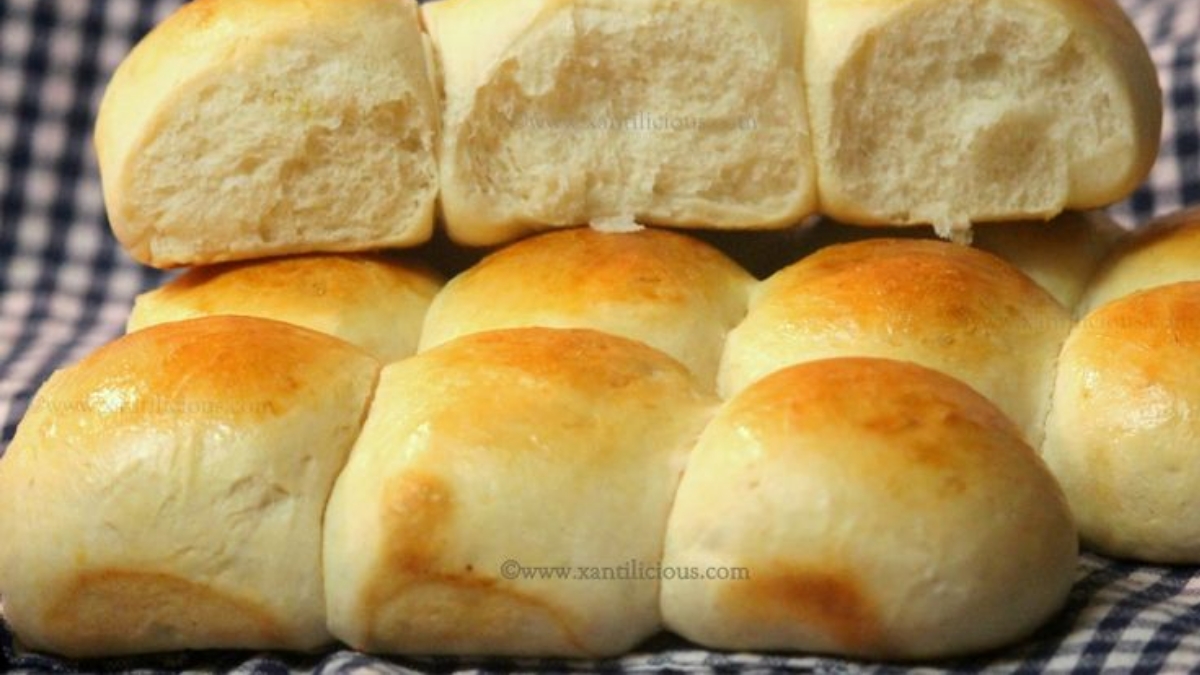Bread making is one of the traditional businesses in Goa. It is a legacy that was handed down by the Portuguese to the Goans. Since then, this trade has been carried on for centuries now. Bread making is not just a business, it has become the identity of the Goans.
Goan bread is one of the delicacies that everyone craves. Bread is an integral part of the Goan eating habit, be it for breakfast, evening tea, or some occasion in the house bread is always seen on the buffet table. Earlier people living in Goa had a diet that comprised of roti, chapatti, idli, sambhar, a diet quite similar to that of South India. When the Portuguese invaded the coasts of Goa they brought with them various types of dishes ranging from sweet to savory delicacies. The Portuguese also brought in bread which was called pao.
Previous method of baking Pao
The first Goan pao was quite unique. It was prepared by using local toddy, known as sur, as a source of natural yeast. This gave the bread a distinctive character that is quite impossible to replicate with any other kind of yeast. This mixture was then left for fermentation for 2-3 hrs. The pao is baked in wood-fired mud ovens, locally known as forn. According to Peter Fernandes, the proprietor of Dalima Bakers at Colva the pao which was prepared with the mixture of toddy in it used to last over a period of 5-6 days, because of this durability of the bread, it could be consumed as toast or even used to make bread crumbs which was used to fry fish.

The Poder
The Goan baker or poder plays a pivotal role in the lives of every Goan. The poder in Goa mostly originated from the regions of Majorda, Utorda, and the nearby areas surrounding these regions. The poder makes various types of bread that sustain the stomachs of the Goan people and set them out for the whole day’s work.
The role of Poder in Goan Pao
Just stating that bread is an integral part of the Goan cuisine is incomplete without giving due credit to the poder who puts in hard work to ensure that every Goan gets a taste of the delicious, fresh bread. In order for the bread to reach the masses, the baker rises in the wee hours of the morning, prepares the dough and leaves it to rise. Then cuts the dough in the desired shape and puts it into the furnace. When the batches of bread are out of the oven the poder loads the fresh hot pao into a cane basket attached to the back of his bicycle and speeds off onto the streets of the villages around ensuring his bread gets to every home in time for breakfast. His famous pee-paw horn attached to the bicycle handle can be heard in every corner of the village. Earlier, before bicycles came into the picture, poders used to go door-to-door on foot with a basket consisting of bread on top of their head, carrying a bamboo stick in their hand with metal rings, which when banged on the ground would create a sound heralding his arrival. Nowadays, however, scooters have replaced the good old bicycles to cater to more households not only in villages but in major towns as well.
Types of Goan Pao
Goa has more varieties of bread to celebrate than almost any other part of India. In almost every village, residents have a choice of beginning their day with pao-light brown crust, fluffy inside or the poiee (flat, bran pouches) or the crustier undo (pronounced oondaw) or yet another, the four-cornered katre pao and or finally the hard-crusted bangle-shaped kankon. There is also the sweet bread that is round and fluffy and enjoyed with tea or even a spicy meal. Earlier bakers used to bake a sweet delicacy called panke a version of a cupcake, which has gone totally extinct in this era. For every occasion, be it the feasts or any sort of big day in the village the baker makes various types of bread and goan sweets.
Delicacies that goes well with Goan pao
The bread is eaten mostly with gravy dishes, such as bhaji, chicken xacuti, chicken cafreal or sorpotel; but it always tastes better when eaten with overnight kept fish curry called Kaal-chi-Kodi. In the poiee-pocket, one could stuff sauted vegetables, or take it to a meaty level with Goan sausages or minced meat. The various types of bread are priced at Rs.5/each. These are available in markets all across Goa and also with the poders selling them in the villages.
Business pattern of the Poder
The business carried out by the poders in the earlier days was based on the foundation of trust among each other. The bakery was being shared by 2-3 bakers, where one would run the bakery for a period of 3-4 months and then hand it over to the other. The poders consider St. Honore (Saint Honoratus of Amiens) as their patron saint, whose feast they celebrate on the 16th of May every year. In every single locality of every single village or town, there is a bakery that churns out a variety of Portuguese-inspired bread in at least two batches every single day.


